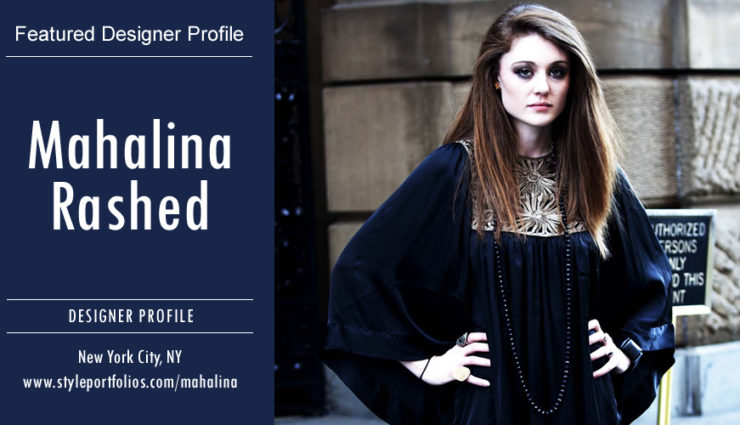
DESIGNER PROFILE – MAHALINA RASHED

What should everyone know about you?
MR: I am a results driven individual that boasts a vast experience which ranges from concept development to the post production product. I have 13 years of fashion industry experience that spans 3 continents beginning with a Paris based streetwear label C17. Additional clients include Anna Sui, Helmut Lang, Theory, Kate Spade, Juicy Couture, Express and Victoria’s Secret. Currently Adjunct Faculty at Parsons The New School.
How would you describe what you do?
MR: I aspire to cultivate the silhouette of feminine la mode, to up-market women’s fashion palette, to inspire, revamp and influence trends via androgynous flamboyancy and the deconstruction of Haute Couture.
Why did you choose to be a designer and what steps did you take?
MR: At 13 years I seized the moment to collect momentous university publications. These articles were the oxygen to my deprived mind especially when the prestigious alumni of the École de la Chambre Syndicale de la Couture Parisienne included Karl Lagerfeld, Yves Saint Laurent, Issey Miyake, Valentino to name just a few.
My choice to pursue haute couture specialization stemmed from my natural talent as an artist and raw aptitude as a creative designer. The intricacies of the degree with specialization in haute couture were painstakingly long and taxed me throughout the 4 years. The whole aura of fashion design was to transport my inner creativity that involved cut, color, coordination and construction onto a three dimensional form that spoke clearly of its vibrancy and intention. My fantasy world had come to life from bohemian galaxies to androgynous. After graduating from Paris I enrolled in Central St. Martins to study London Street Fashion and Fashion Journalism for 2 years.
My professional career has spanned three continents and a similar number of countries. Each have presented its unique challenges and work experiences- that spanned a designer to a teacher to a writer. I took the vivaciousness of London, polished it in Paris and blended it with the heritage of Lahore. My search traveled with me everywhere – like a shadow it crept on me as I entered and as beautifully embellished women left umpteen gatherings. My pit stops around the world have been immensely conducive to my creative horizons.
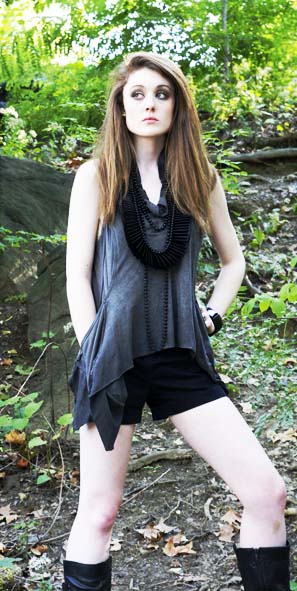
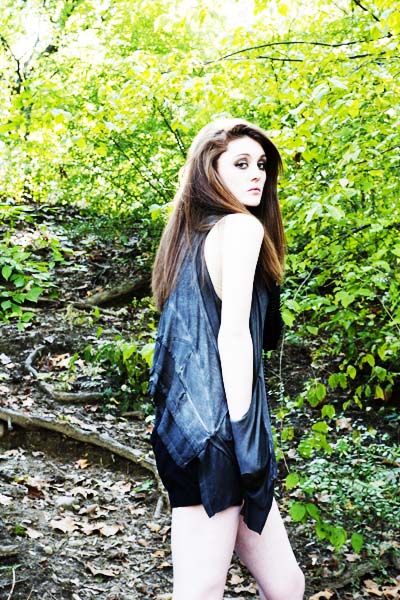
Best/Most Challenging part of your job?
MR: The rules and ethics of the private label business in the north east.
“I don’t feel too excited about fashion today. People just want cheap fast clothes and are happy to look like everyone else” – Rei Kawakubo
If you weren’t a designer what would you be?
MR: If I was not a designer I would be a criminal lawyer.
What’s a common misconception people have about what you do?
MR: That it’s utterly glamorous.


Where do you see yourself in 10 years?
MR: Design Director at Helmut Lang.
How has your work evolved since you began your career?
MR: My professional career has spanned three continents and a similar number of countries. Each have presented its unique challenges and work experiences.
Are there any types of clothing/footwear/accessories that you avoid wearing?
MR: Beads on garments and large earrings are a big no in my world.




What is the biggest lesson that you have learned since you started your career?
MR: Whilst sketching on adobe creative suite never underestimate the power of hand sketching.
What advice would you give to young designers?
MR: Never let anyone else’s vision supersede your own.
Are you superstitious or do you have any rules you live by?
MR: Not Superstitious, but I do however have one rule that defines everything I do and believe in.
Rule No.1
“I think perfection is ugly. Somewhere in the things humans make, I want to see scars, failure, disorder, distortion.”- Yohji Yamamoto
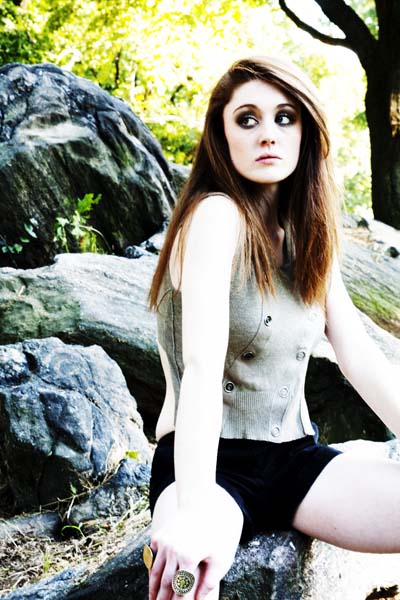
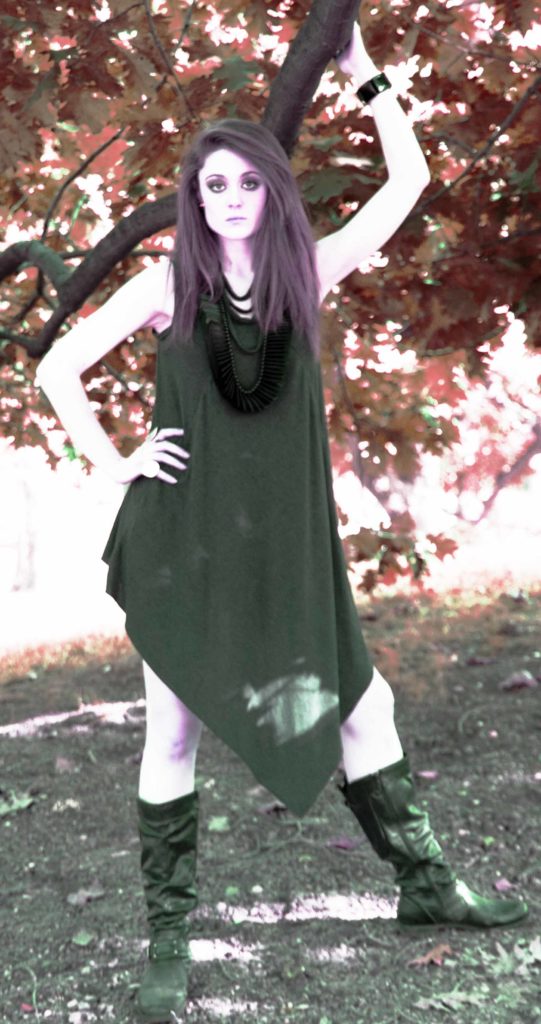
What’s your motto?
MR: I live by – “For something to be beautiful it doesn’t have to be pretty” – Rei Kawakubo
Current Collection Synopsis and Fashion Film
Ombre of Nui-sanced Shades – Autumn/Winter ‘19
Where did the idea come from?
During my degree years Pakistan underwent metamorphological political and socio-economic changes due to absolute national media freedom and the war on terror. As a young nation, Pakistan was ill prepared to be under the continuous microscope of the international media where every action was scrutinized to the nth degree. Although the war zone was limited to a specific area, the reverberations were felt across the country.
Pakistan has always had numerous variations of the conservative culture. With the current affairs, the society as a whole strained under the influence of external forces involved yet showed enough resilience to stay intact and not crumble like the Arab spring.
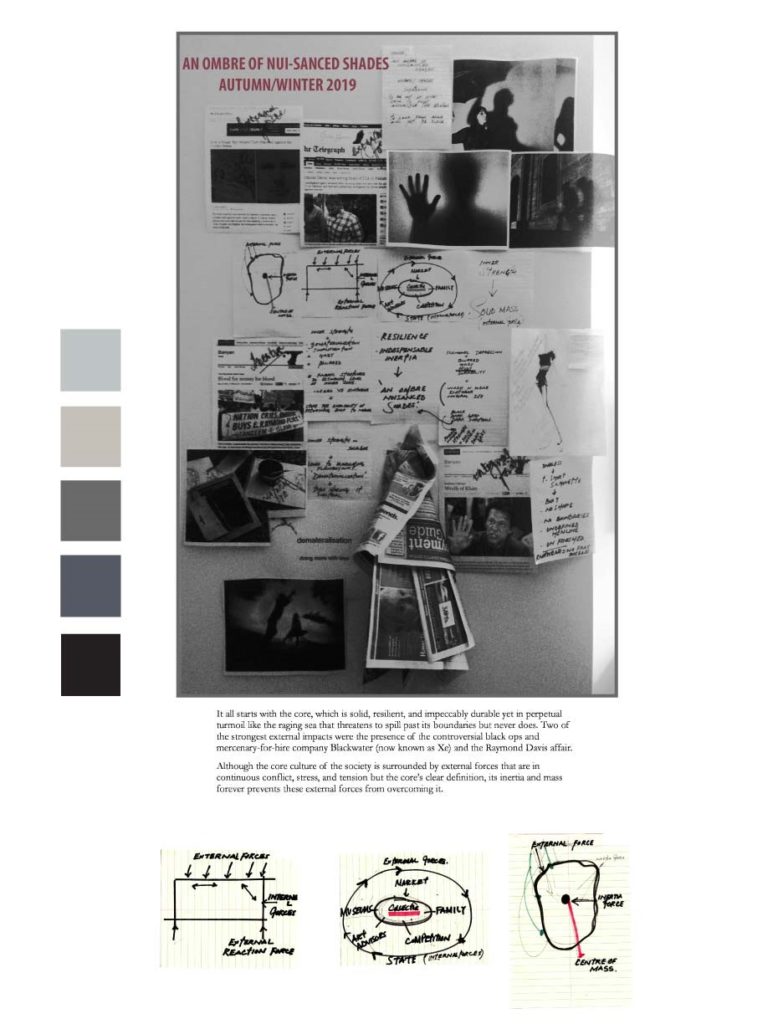 Moving the idea forward-
Moving the idea forward-
It all starts with the core, which is solid, resilient, and impeccably durable yet in perpetual turmoil like the raging sea that threatens to spill past its boundaries but never does. Two of the strongest external impacts were the presence of the controversial black ops and mercenary-for-hire company Blackwater (now known as Xe) and the Raymond Davis affair.
Although the core culture of the society is surrounded by external forces that are in continuous conflict, stress, and tension but the core’s clear definition, its inertia and mass forever prevents these external forces from overcoming it.
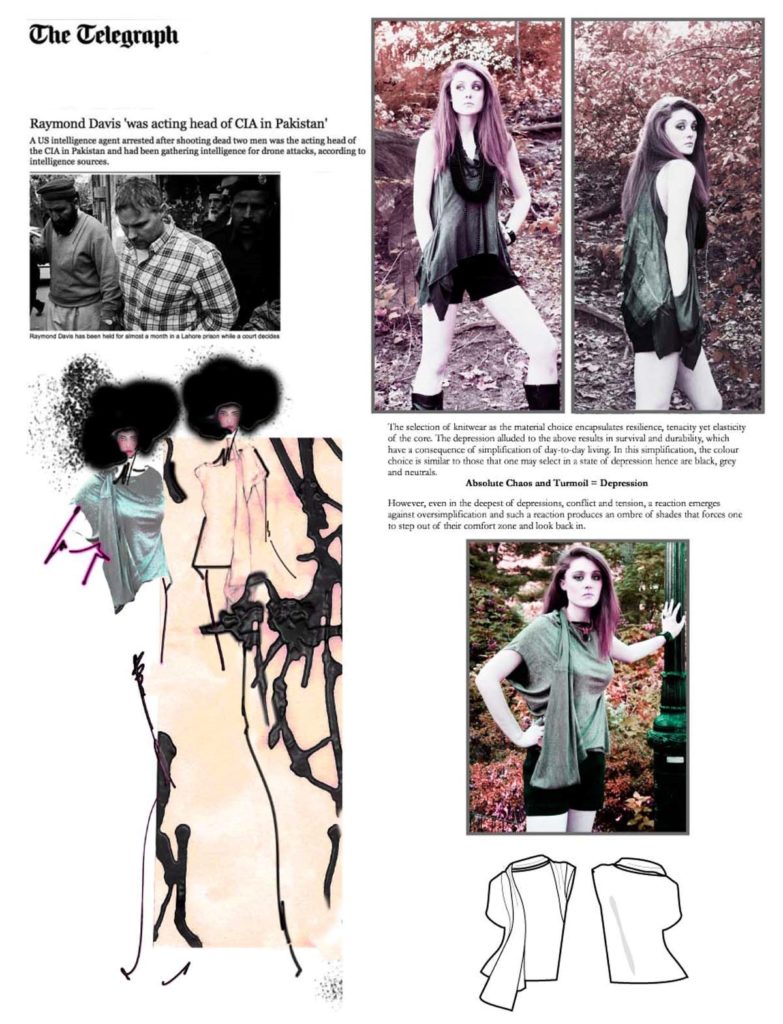
Idea to concept-
The concept was to design a dress that had a swirling and undefined exterior that would push up against a clearly defined core that had demarked boundaries.
How, what, where, when and why-
The selection of knitwear as the material choice encapsulates resilience, tenacity yet elasticity of the core. The depression alluded to the above results in survival and durability, which have a consequence of simplification of day-to-day living. In this simplification, the colour choice is similar to those that one may select in a state of depression hence are black, grey and neutrals.
Absolute Chaos and Turmoil = Depression
However, even in the deepest of depressions, conflict and tension, a reaction emerges against oversimplification and such a reaction produces an ombre of shades that forces one to step out of their comfort zone and look back in.
And as the colors are a result of depression, chaos and nuisance they appear as an “Ombre of Nuisanced Shades”.
This perpetual external turmoil’s impact on the core results in depression and helped me to:
- Reinvent new silhouettes and forms,
- Recognize emerging themes with design and
- Finalize design ideas, fabrications and details.
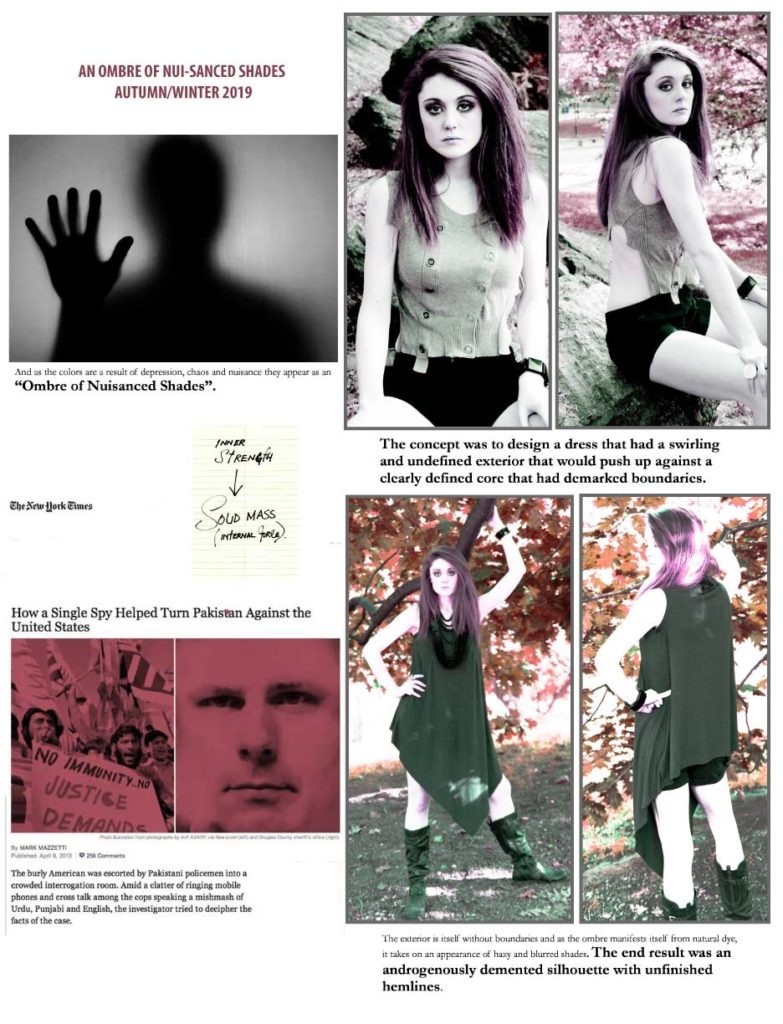
The material of the core is represented by its properties of durability, flexibility and an elimination of flamboyancy hence the selection of knitwear. Since the external boundaries are not defined, the use of a newspaper proves vital as the basic platform to stay updated on such current events is the newspaper, and also is the fabric of society that does not have unlimited access to digital media.
Additionally, newspapers are used by tailors for basic pattern blocks in Pakistan. I decided to make this into my unique concept of draping with newspapers and not calico in order to achieve a boxy silhouette without going against the grain or giving in to softer fabrics that tend to fall on their own.
The core trusts its ability to drape and reform. It is then transferred to softer fabric (knitwear) which is trusted to regain its shape after a wash or a stretch, keeping the core intact. For this collection I stretched all knitwear used, to test the durability of the core and then sewed.
The exterior is itself without boundaries and as the ombre manifests itself from natural dye, it takes on an appearance of hazy and blurred shades. The end result was an androgynously demented silhouette with unfinished hemlines.
Watch the film here: https://www.youtube.com/watch?v=ZEEvgl4x_44
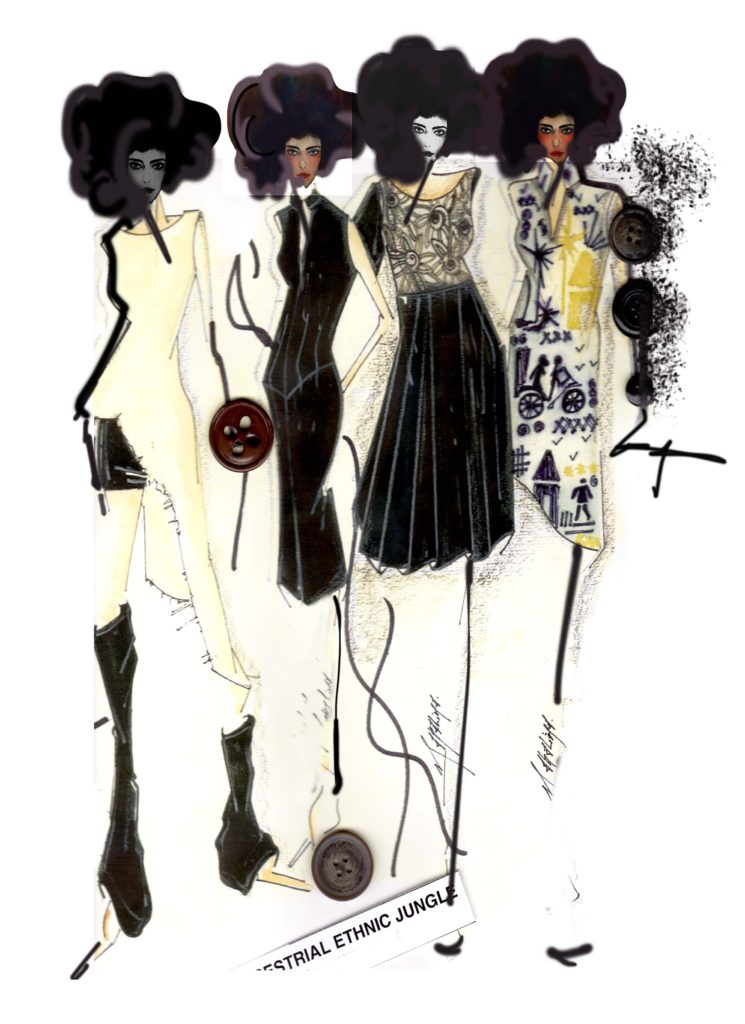
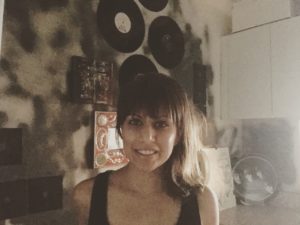 LEARN MORE ABOUT MAHALINA HERE:
LEARN MORE ABOUT MAHALINA HERE:
StylePortfolios: www.styleportfolios.com/portfolio/Mahalina/
Instagram: www.instagram.com/lynnerashed/
Facebook: www.facebook.com/mahalina.mirza
